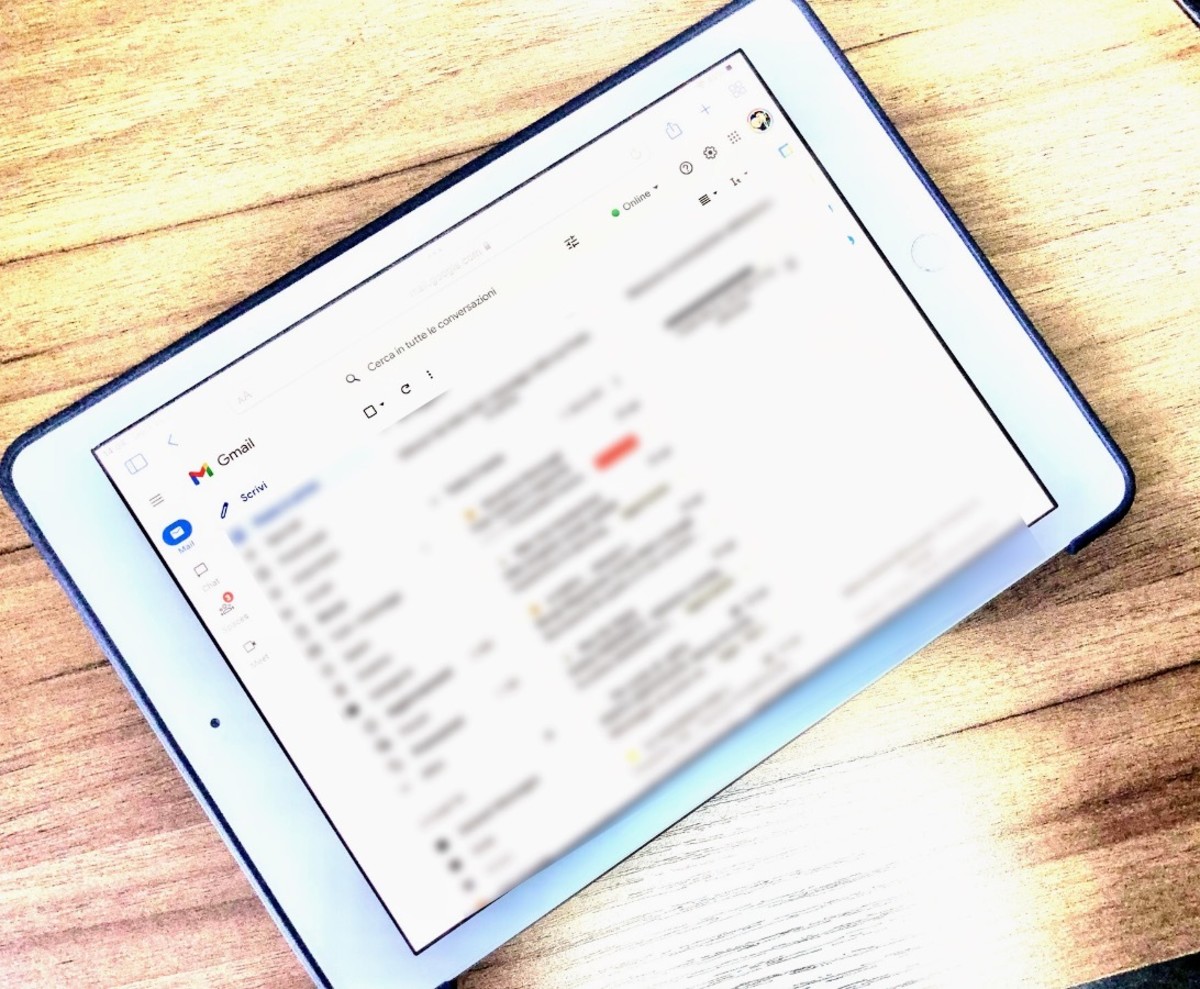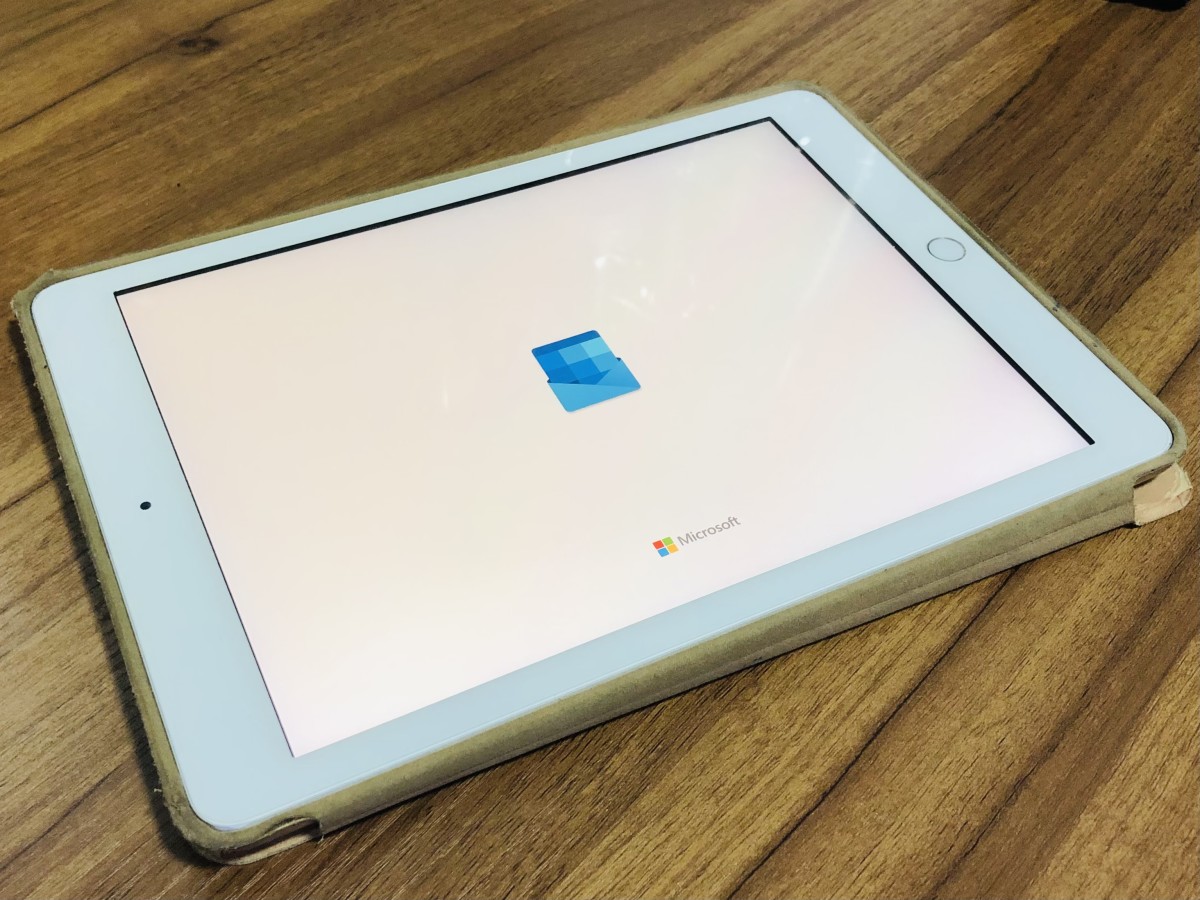Google, the Google logo, and the Gmail logo are trademarks of Google LLC.
Ease of use: Gmail interface is good-looking and straightforward to use, even for a novice; Richness in features: Gmail provides users with powerful filters, the ability to schedule messages and send confidential emails, a labeling system, and even a fully customizable user interface; Anti-spam filter: Gmail features one of the best anti-spam filters out there, which also learns over time how to recognize new forms of unsolicited messages and phishing, thanks to artificial intelligence; Suitable for everyone: Gmail is free and good for personal use. Thanks to Google Workspace plans, it also offers advanced features for companies and people who want a professional email address.
Using Gmail With a Client
The Gmail interface is friendly and easy to use. Despite this, some people may prefer to use a client like Outlook or Thunderbird to manage their mailbox. In some cases, it would be better to use a client if
do you like to save your emails for offline view, you manage multiple mailboxes and don’t want to import them in Gmail, you use a client for business purposes by also integrating calendars, contacts, and other business-related features, you need to send certified or encrypted emails with the S/MIME certification standard, or you like the look of your favorite email client or some features you can’t find in the Gmail web interface.
How To Use Gmail With a Client
Using Gmail with a client requires some quick settings. The most recent versions of Outlook, Thunderbird, and other popular software allow rapid integration by simply signing in with your Google Account and authorizing access to your Gmail data. If your client does not support quick login, or you use an older version of Outlook or Thunderbird, you may need to manually configure your Gmail account with SMTP (for sending emails) and POP3 or IMAP for receiving them. You should generally choose POP3 if you prefer downloading all your emails on a single device. Otherwise, you should rely on IMAP to access all your emails from multiple devices. Below are the settings you should apply to configure your Gmail account with a client. To end your configuration, you will need to insert your name and surname in the Name field, your Gmail address as the username, and your Google Account password as the password, both for the SMTP and the POP3/IMAP configuration.
Syncing Outlook and Gmail With Two-Step Verification Enabled
One common issue that causes Gmail to fail to sync with Outlook or other clients is the lack of support for two-step verification. If you use a recent version of Outlook, Thunderbird, or other clients that connect automatically with your Google Account, this issue won’t happen. In other cases, two-step verification prevents you from setting up manual parameters correctly. To fix the issue, you don’t have to disable two-step verification: instead, you can generate a specific password to log in via SMTP and POP3/IMAP so they can connect to your account. Below are the steps to proceed:
Gmail Syncing Issues With Outlook Installed on Multiple Devices
Some users may experience issues syncing Gmail with Outlook or other clients if they have multiple devices. Having a phone, several tablets, desktops, and laptops, and accessing your account multiple times, may result in a syncing error. To solve this issue, you should ensure you do not try to check your mailbox from more than 15 devices simultaneously.
Make Sure You Don’t Check Your Mailbox Too Often
Another common issue when syncing Gmail with Outlook or other clients relates to the frequency your software checks your email. Make sure you have set at least 10 minutes between a check and another to avoid Gmail limit connections to your account.
Unlock Your Gmail Account
Sometimes, Google may block your SMTP and POP3/IMAP access because of
too many simultaneous connections, an anti-spam filter that makes a mistake, or your IP address that sends too many requests to Google servers in a few seconds.
Google won’t notify you if they block your connections; still, this can happen more than you may believe. Luckily, solving this issue requires only two steps: After doing this, you can try logging in again and see if your client now downloads your emails and allows you to send messages.
Check if You Have Enabled POP3/IMAP
Sometimes, failing to sync Gmail with Outlook or other clients lies in forgetting to enable access via POP3 or IMAP. In this case, you should do the following passages to start using your favorite software to receive emails:
Failing To Sync Gmail With an Outdated Client
If you’re using a client that you haven’t updated in years, you may need to change it if you can’t configure your Gmail account. Google has ended the support for software that requires less strict safety measures. If you have tried every step and cannot sync your Gmail account with your client, you should try downloading a new version of your favorite software or switching to another one to see if this fixes the issue. This article is accurate and true to the best of the author’s knowledge. Content is for informational or entertainment purposes only and does not substitute for personal counsel or professional advice in business, financial, legal, or technical matters. © 2022 Alessio Ganci

